It’s a music genre that’s been reviled for decades, yet it remains stubbornly popular with music freaks who demand more than a two-chord thrash. GARY STEEL writes in defence of prog-rock.
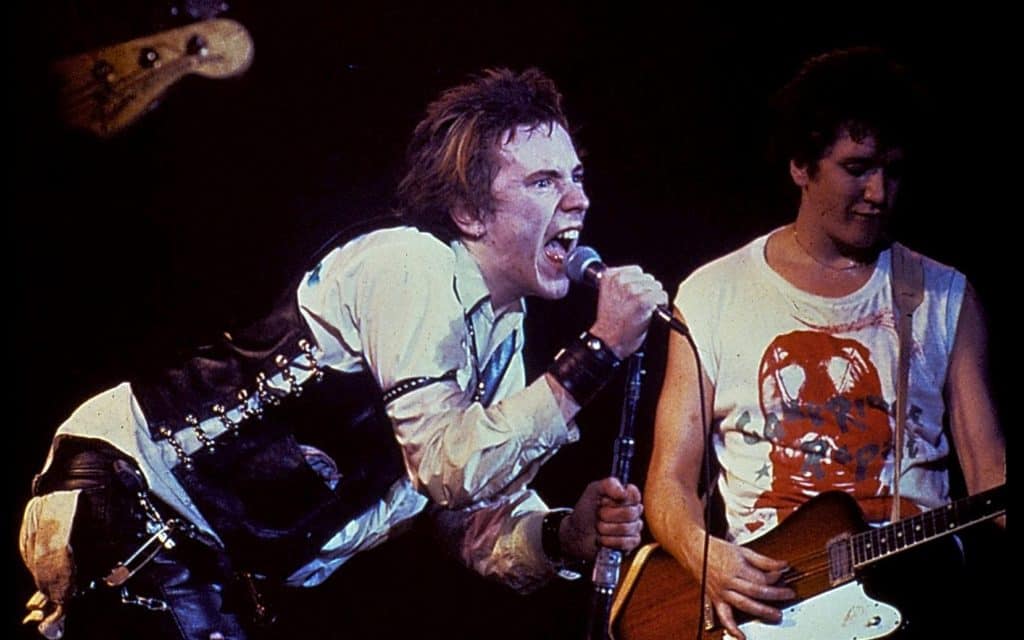

It’s a miscarriage of justice that occurred way back in 1976; one that has never been set to rights, and with ramifications far bigger than would first appear. It started with the advent of punk rock and the consequent demonisation of the so-called “dinosaur” bands plying progressive rock – which was deemed indulgent, unnecessarily fiddly and full of unforgivable tempo changes and stories that made Lord Of The Rings sound pithy and concise – and ended with a generation that rejected anything more complex than two-chord thrash.
There should have been a full stop to this flawed thinking when the punk fad trailed off into a succession of even less rewarding styles in the ‘80s, like synth-pop, new romantic and LA hair metal. But the aesthetics of punk remained etched in a generation that came of age in the late ‘70s and early ‘80s, an aesthetic that was continually bolstered and nourished by a cabal of music journalists whose careers depended on perpetuating music as a folk form, easy to understand and centred around its lyrics.
Music journalists were almost all musically illiterate, after all, but they knew about words; words was their craft, so they could write about a rough, two-chord thrash with a bunch of elementary poetry tagged on with some authority.
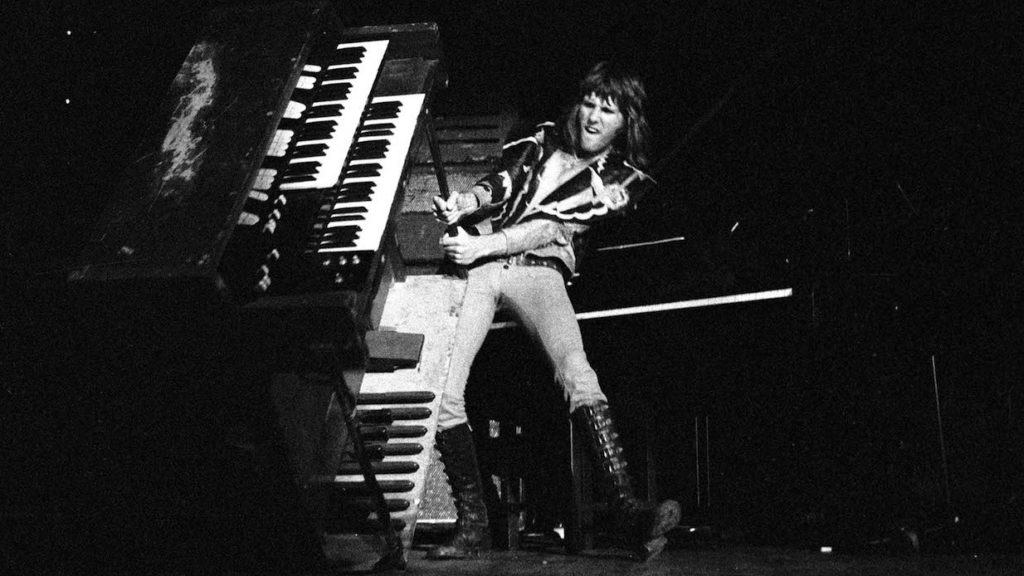
Eventually, the anti-complexity aesthetic that punk begat dug into the very fibre of popular culture, wringing any shred of innovation out of rock music and turning it into a woefully limited, intrinsically conservative art form, with a few notable exceptions.
Progressive rock, at its best, was the opposite of all that. As its name suggests, progressive rock was about an adventure in music, no holds barred. Progressive rock was another name for the so-called underground rock that grew up out of the psychedelic scene of the late 1960s.
In the beginning, it was quintessentially English, and you can hear its first flashes in albums like Sergeant Pepper’s Lonely Hearts Club Band (The Beatles), Ars Longa Vita Brevis (The Nice), SF Sorrow (The Pretty Things) and miscellaneous tracks by Procol Harum and The Moody Blues, amongst many others. Nascent prog tendencies could also be heard in the wings on the heavy instrumentalism of the Jimi Hendrix Experience and Cream.
By 1969, while American groups were heading towards the folksy Americana of The Band, in the UK the spirit of psychedelia resulted in an ever-expanding palette. Pasty-faced white boys (many of them from public schools) felt little affinity for the rhythm and blues and cornball country that the back-to-the-land American hippies were promoting. Instead, they looked to European traditions of notated orchestral music to inspire them, along with just about anything else that took their fancy, from whatever it was they called “world music” before that term existed, to the outer edges of experimental jazz.
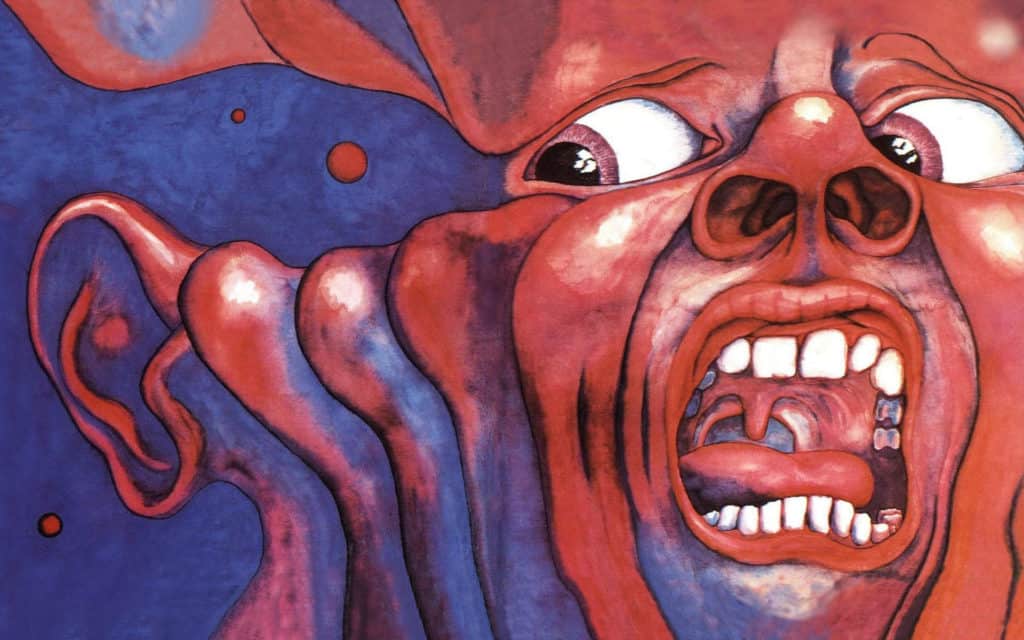
In effect, progressive rock was music filtered through the lysergic kaleidoscope of the LSD generation, and transformed by new recording and performance technology into a sound that would have been previously unthinkable, enabling incredible shifts of dynamic and, in the studio, layering of electric and acoustic instruments that would previously have been drowned out in the mix. On top of that, progressive rock musicians were captivated by complexity and virtuosity.
One of the standard arguments against progressive rock is its “pointless” complexity and egomaniacal virtuosity – not to mention vast song lengths that are supposedly indulgent. My simple rejoinder is this: If complexity and virtuosity are seen as acceptable traits in so-called “classical” music as well as traditional Indian and Middle Eastern music, then how exactly do they become ripe for ridicule when used by long-haired drug-taking lads from England?
Actually, the ridicule is indefensible and clearly misguided, but sometimes, once a school of thought gets rolling, there’s no fixing the damage.
But the word that has been used over and over to describe progressive rock is ‘pretentious’. Now, there certainly were bands that acted like there was a significance to the music that just didn’t exist. But really, rock history is full of such claims, and attitudes, and if anything, progressive rock had a playfulness via its eccentric, very English sense of humour, that popped its own pretentiousness.
Occurring in tandem with the glam movement, prog also shared many of glam’s visual signifiers, like outrageous sculptured hairstyles and constumery.
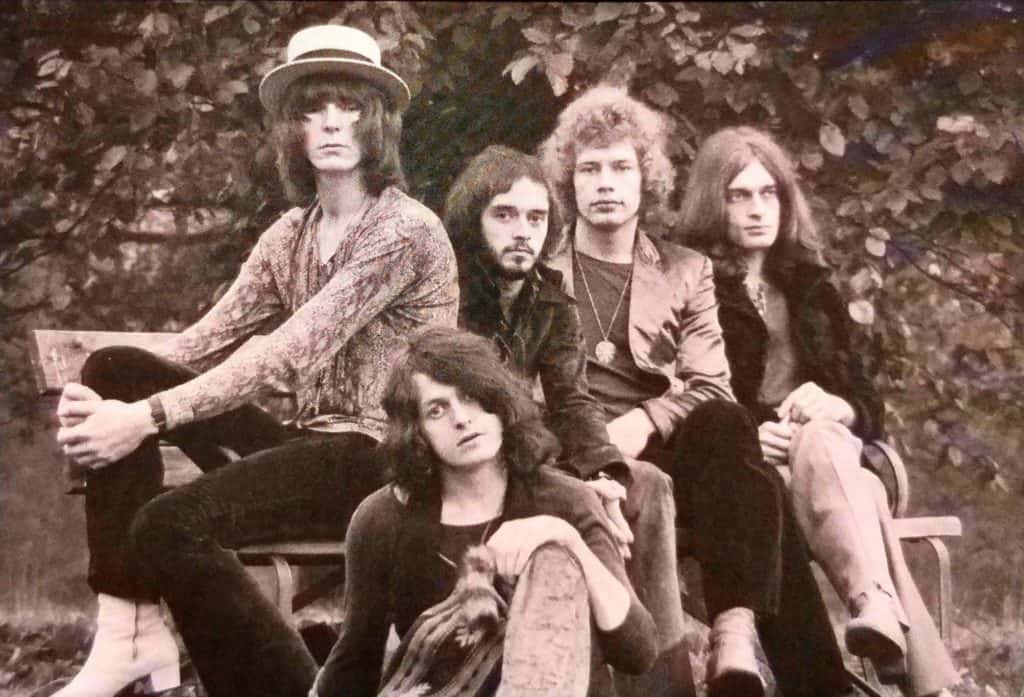
SO WHY DID progressive rock become the scourge of the 1970s? Simple: because it was an easy target, like the school nerd who walks into every prank with his eyes closed. And the reason his eyes were closed were clear: progressive rock was gone already by the time that punk turned up. There was no one home to defend it. But more on that later.
The real target of punk were the rock and roll bands who had betrayed their roots and gotten fat and bloated off the corporatisation of rock: bands like The Rolling Stones, who by the mid-‘70s were so strung out on drugs that session musicians dominated their records; who had become so bored with what they were doing they were issuing songs like “It’s Only Rock And Roll (But I Like It)” and albums like Black And Blue with its woeful violent misogyny.
The real enemy of punk, and the reason punk had to exist to take a new generation back to its pumping raw pulse, was that rock had evolved into a machine that was perpetrating crimes against music like The Eagles, groups who appealed to the new “AOR” (Adult Oriented Rock) demographic, slick fucks who didn’t give a shit about hungry youth.
The truth is that it’s always necessary for rock and roll to regenerate, for another generation to click into those raw fundamentals of energy and rhythm and lust. That’s a groove you can find on old blues records and Bo Diddley records and New York Dolls records, and it never gets old, but it does have its musical limitations. Progressive rock didn’t. For all its purported pomposity, progressive rock had an open door policy to different strands of music. But here’s the thing: it was a distant cousin to rock, it used rock hardware, it wore rock clothes, but really, it was small ensemble orchestral music using rock gear. How cool is that?
Names are at best arbitrary, and with progressive rock, the diversity of the bands trading under its umbrella confused the issue even more. If you think of how the heavy metal genre has fragmented into a hundred sub-genres, had progressive rock not been almost humbled out of existence, the same may have happened. How do you put the rococo/pastel shades of Genesis, the dark utterings of Van Der Graaf Generator, the atmospheric noodling of Pink Floyd, and the disciplined chaos of King Crimson in the same bracket, let alone the avant-rock of a group like Henry Cow?
Robert Fripp’s King Crimson is usually credited with jump-starting the progressive rock movement, with the October 1969 release of In The Court Of The Crimson King. Most of the characteristics attributed to progressive rock were on this album: precise, tricky passages, a luscious combination of delicately fingerpicked acoustic guitar and deadly heavy bombast, and lyrics with a few too many frilly bits. In addition, the record boasted heaving Mellotrons, a nightmare post-apocalyptic theme (former British PM Tony Blair infamously said that “21st Century Schizoid Man” was his favourite song as a schoolboy) and wild sax and percussion interplay. It’s still a trip close to 50 years later.
It wasn’t exactly right to call it the first progressive rock album, when Keith Emerson and his group The Nice had already released several classically-influenced rock albums (with orchestras, even) by this point. But it was fully formed, convincing, performed with alacrity and produced and engineered to sound like nothing before it, and it blew many a teenager’s tiny mind, myself included.
King Crimson’s vocalist, Greg Lake, quickly defected to a new supergroup, Emerson Lake & Palmer, who debuted at the massive 1970 Isle Of Wight festival with a dazzling set culminating in the blast of real canons. It was perhaps at this moment that Emerson admirers like DJ John Peel felt it was becoming altogether too preposterous, and redacted his fandom, but it was also the moment the world turned on to progressive rock as a force to be reckoned with.
Between 1970 and ’74, progressive rock was impossible to ignore. Jethro Tull – mainly prog-related through it’s satiric 1972 album Thick As A Brick – were a bigger concert draw than the Rolling Stones for a few years, and by ’73, Emerson Lake & Palmer had become one of the top-tier bands, helping to usher in a new era of massive American stadium concerts with their ornate quadrophonic presentation, which culminated in a 360-degree revolving drum-kit and a rig to suspend Emerson and his piano above the audience.
Ironically, however, it was the graduation of progressive rock from the clammy student halls of the UK and clubs of Europe to those massive American venues that marked the beginning of the end for progressive rock. While the music was perfectly geared towards intense listening, the American stadium experience demanded a whole new way of projecting the music to hordes of Quaalude-stupefied youth, and the music quickly lost its intimacy and attention to detail as the live demands required big-gesture showmanship and flash.
It’s a road to perdition that subsequent generations of globetrotting rock bands have taken, from U2 to Simple Minds to Coldplay, and it has always resulted in a watered-down version of a band.
IN THE EARLY ‘70s, there was a sense that anything could happen with progressive rock, and that musically, anything was possible. Here was a genre not based on clothes and hairstyles or even a particular lyrical or musical approach, but instead, an idea that music could always move forward and explore.
But instead of the traditional symphonic orchestra, where talented automatons performed the music of autocratic composers with specific instrumental colourings, progressive rock required collaboration between three, four or more members mimicking a typical rock band line-up. While the compositions often used formats based on symphonic tradition, they were bold enough to include elements of improvisation that would have been seen as sacrilege in classical music circles, and radical new instruments like the Moog synthesiser to colour the music with incredible new tones and textures.
Although The Beatles had used the Moog synthesiser on their last studio recording, Abbey Road (1969), Keith Emerson was the first rock musician to directly collaborate with its inventor, Robert Moog, to render it suitable as an intrinsic part of a live show, and to use it extensively on record. EL&P’s self-titled debut still sounds as striking as it did in 1970, with its radical transformations of works by Bartok and Janacek and a cold, heavy sound that felt like a close cousin of King Crimson’s dystopian In The Court Of The Crimson King. It’s also responsible for introducing the Moog synthesiser to the modern lexicon, with its still spine-tingling solo tagged on to the Greg Lake ballad “Lucky Man”.
In the wrath of punk, it was EL&P that suffered the greatest injustice, and who were utterly misinterpreted as pompous and soulless and pointlessly virtuosic. In 1974, Lester Bangs wrote an entertaining essay on the band that accused the trio of being some kind of faceless machine, when in fact, the group were touring a concept album, Brain Salad Surgery, with a story about a dystopian future ruled by machines.
In reality, Emerson always brought levity to his notoriously flashy performances. Just as The Beatles were influenced by English music hall tradition, Emerson combined a genuine interest in serious composition with a level of showmanship influenced by everyone from the boogie-woogie piano players of the ‘40s to the glitter and flash of Liberace to the performative physicality of Jerry Lee Lewis and Little Richard. Famed for attacking his Hammond organ with a knife and wrestling with it as he wrested twisted sounds from the instrument, Emerson had more than a little punk in his attitude.
On a live 1969 interpretation of Tchaikovsky’s “Pathetique” by his previous band, The Nice, accompanied by orchestra, Emerson breaks out the ugliest electronic irruptions imaginable in the least appropriate place, farting his oscillations like scat all over the shimmering strings. While Emerson loved classical music, he wasn’t above trashing the very thing he loved, an echo of the critical attitude his idol Frank Zappa applied to everything he touched.
In truth, Emerson Lake & Palmer was more 1970s Dr Who than anything else and listening to them was (and is) a similar experience: a mixture of great cheap sci-fi thrills and embarrassment at the tinfoil SFX. The sublime and the ridiculous in one perfectly formed package.
EL&P brought out five cracking great albums between 1970 and ’73, stretching the limitations of keyboard instruments on multiple overdubs and exploring new tonalities, then capped it all off with a triple album capturing their stadium bravura… and disappeared. There were a couple more substandard albums and one financially disastrous orchestral tour, along with a pretty good rendition of Copland’s “Fanfare For The Common Man”, but really, it was all over before punk had even taken hold.
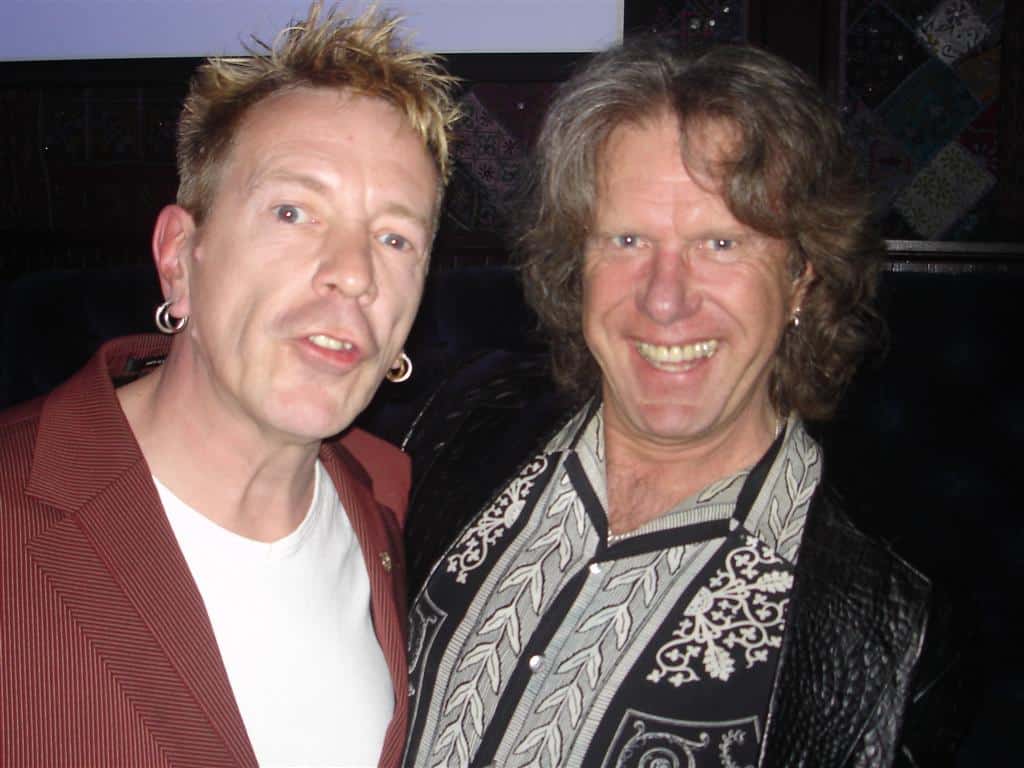
Years later, Emerson became a fast friend with John Lydon/Rotten of the Sex Pistols and Public Image Ltd, which says it all, really. [In 2016, suffering depression from hand injuries that prevented him performing to his standards, Emerson blew his head off with a gun.]
To this writer, the key progressive rock bands were King Crimson, EL&P, Gentle Giant and Henry Cow, with the more opaque symphonic bands like Yes and Genesis trailing the pack. There were many other excellent progressive-oriented groups like the jazz-flecked Hatfield & The North, but today, we’ve only space for the kingpins.
King Crimson is the token progressive rock band that it’s sort of okay to like, mainly because guitar guru Robert Fripp killed off the band in ’74 to go into reclusion, thereafter refreshing himself as key collaborator with the likes of Brian Eno and David Bowie, and in 1981, rehashing his band as a polyrhythmic gamelan-influenced art-rock group with few Mellotrons and no obvious prog-rock moves.
But it was the third lineup of the band from ’72-’74 – unpopular at the time – that most remember with admiration, because they forged an often brutal, almost metal-prog hybrid that featured extended improvisational sections reminiscent of Miles Davis’s electric bands.
Gentle Giant emerged from the remains of a soul-pop aggregation, and although they never scaled the heights of popularity, their early albums range from delicate ditties to some of the most astonishingly physical grooves in all of prog-lore, often infused with touches of medieval music and a tendency to swap instruments on the fly.
Henry Cow was the coolest of the lot, a group whose influences were free jazz and modern experimental classical, and who put together some of the most daunting pieces in the prog pantheon. No pixies or lords or princesses here: H. Cow were a collective of dedicated socialists who never charged more than 50pence for a ticket to their concerts, and believed in collective music-making, so while each member had dazzling technical ability, they rarely showed off in a way that could have them being accused of unnecessary flash.
Few would make fun of Henry Cow in a 2016 context were they not connected (however arbitrarily) to the progressive rock movement. And here we come to the quick attrition that killed it all off.
While superstars like EL&P just wore themselves out, the very existence of bands like Henry Cow was a quirk of history: the success of Mike Oldfield’s Tubular Bells album launched Richard Branson’s Virgin label, who took a punt on just about anything vaguely ‘prog’ that turned up in its wake, including Henry Cow, Paris-based From The Planet Gong, and German weirdos Faust.
https://www.youtube.com/watch?v=KXatvzWAzLU
By the time punk came along, Branson had moved onto other interests, and the modest sales of records by groups like Henry Cow just didn’t stack up. Splintering into a range of solo projects, the group’s members all had illustrious careers within admittedly small experimental cliques. For instance, guitarist Fred Frith established his own name as a “table top” improvising guitarist, and spent time as a music professor at Mills College in Oakland.

Most of the second or third division progressive rock bands (like the wonderful but financially challenged National Health) couldn’t hope to survive the onslaught of punk, although it should be mentioned that there were lots of progressive-inspired ensembles working in Europe throughout the ‘70s and ‘80s, and even a few that creatively survived the new millennium.
As for the other major progressive rock bands, Yes changed its lineup and collaborated with members of pop band Buggles and producer Trevor Horn to make one of those “love to hate it” 1980s hits, “Owner Of A Lonely Heart”, while the fate of Genesis was just as improbable, leader Peter Gabriel ditching them for a solo career, allowing drummer Phil Collins to grab the reigns and forge a new, pop-oriented identity for perhaps the whitest band ever.
While both Yes and Genesis survived with regularly refreshed lineups, neither has fulfilled the potential shown in their classic incarnations. While I’m not a big fan of either band due to their tendency to meander altogether too nicely in a cod-symphonic purgatory, they both had their moments, and while Yes lyrics were somewhat blighted by Lord Of The Rings imagery, on albums like Fragile and Close To The Edge, the combination of Chris Squire’s phenomenal guitar-like bass work, and Steve Howe’s impressive plectrum-picking make for at times riveting listening.
As for American so-called progressive rock groups like Rush, or later faux-prog groups like Marillion, I’m loathe to attribute the virtuous nomenclature to music that simply doesn’t bear the attributes I describe above.
So progressive rock wasn’t really a genre, then, but a wide-open ear ready to receive audacious influences and pump them out with dazzling abandon to an audience ready for something more to engage with than a wheezing harmonica or another ode to going country.
The anti-prog contingent, although less vociferous than it was a few decades back, still insist that flashy and virtuosic playing and odd time signatures and long pieces are inherently indulgent, but that’s just silly.
Those who get enough emotional nourishment from a rich lyric and a simple melody are welcome to their folk/roots hybrids, but personally, I want to hear musicians playing at the top of their game, and pushing themselves right to the edge of their abilities, and I want to hear genuine attack and dynamics played in ensembles that can perform with pinprick precision and definition. I also want to hear all the colours of the rainbow in my music, and the more disciplined and virtuosic the music is, the more of a roller-coaster ride my senses get.

To finish with, I’ll give you a couple of examples of the derisive attitude that still exists towards progressive rock. Awhile back, a nameless friend described the instrumental section of King Crimson’s “21st Century Schizoid Man” as horribly noodly soloing (my paraphrasing). I respect this friend as a thinker and a musician, but I found it alarming that he’d got it so wrong: this first song on the first King Crimson record is one of the most concise, disciplined pieces of almost completely notated music ever recorded, and easily justifies its 7:24 running time.
Frank Zappa would have described this piece as having “statistical density”, and this blast of post-apocalyptic near-metal is hard to fault. Another example: when an expat music writer/friend visited my house a few years back, he revealed that he’d never really listened to the first Split Enz album, Mental Notes (’75), so I put it on my happy platter and gave him a taste of the beautifully remastered version. Within a couple of minutes, he had actively disengaged, and was expressing disappointment at how “prog” it was.
There are progressive rock aspects to this genuine NZ classic, but for those willing to break through their dislike of unusual time changes and strange chord sequences, there’s an emotional gravity to the writing and singing of Phil Judd and Tim Finn that renders the album utterly timeless.
We’re living in an age where complexity in music is sneered at unless it’s merely textural, and doesn’t involve any instrumental dexterity on behalf of the performers. I don’t gel with that. Sometimes, I love simple sounds too – space is the place, after all – but to really get my audio synapses tweaked, I’ll always go back to progressive rock.
- This piece was originally published by the NZ Arts Festival in 2016.








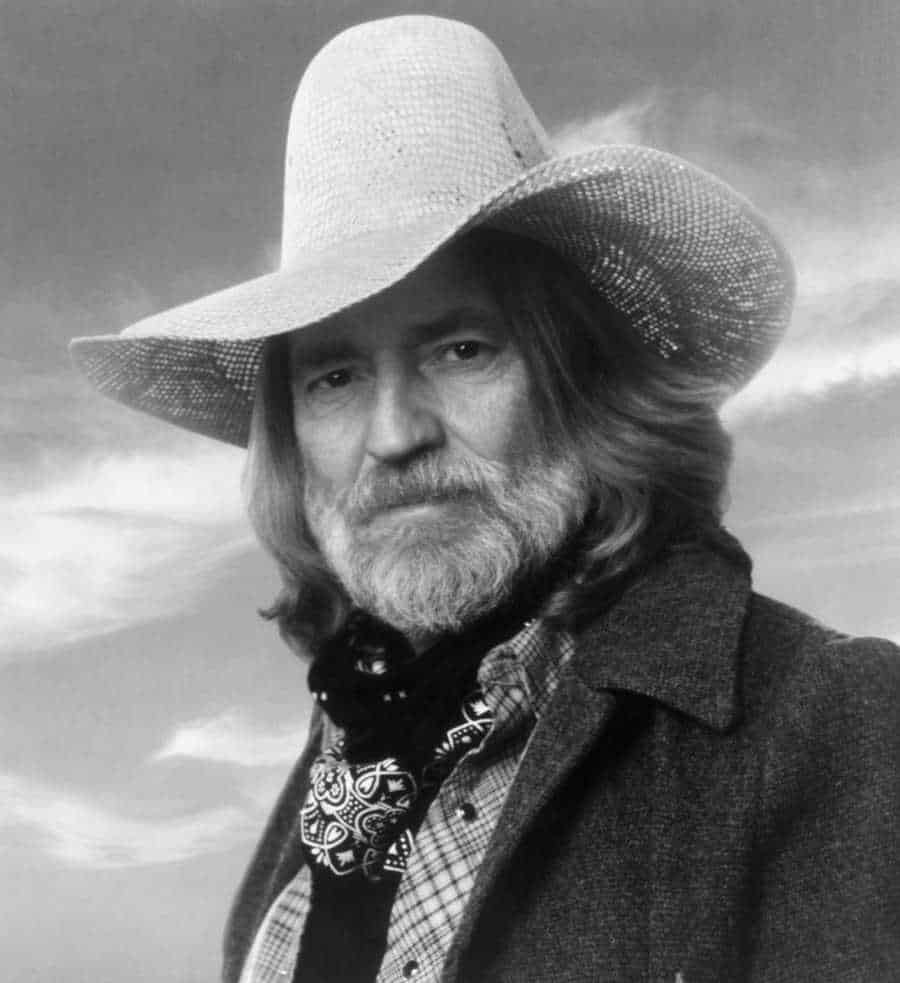







Jazz rock fusion also emerged around 1969 and was to become similarly reviled by not only by the punk movement but also by jazz purists. Its leading exponents were accomplished musicians and many had worked with Miles Davis before forming their own bands. Distinctions between progressive rock and jazz-rock fusion are not always clear or obvious. Both expanded musical horizons in the early to mid 1970s. Add in the output of the ECM label (started 1969) over the same period and in music almost anything seemed possible…
Thanks for your comment, Philbo. To me, the fundamental difference between prog-rock and jazz-rock fusion is one of geographic sensibilities/boundaries. The former is fundamentally English/European and is influenced primarily by the European classical tradition and notated music, the latter is simply a matter of extending jazz into rock territory. Things are complicated by ECM and European jazz-rock because it’s much more art-based than American jazz-rock. Prog-rock, meanwhile, also had a pronounced jazz influence. Keith Emerson was a jazz fan, and bands like Hatfield & The North were sometimes more jazz-rock fusion than they were prog-rock. And then there’s Soft Machine! It’s interesting that King Crimson (’72-’74 era) now cite Miles Davis’s jazz-rock fusion as a prime influence. It’s wrong to give Miles all the kudos, however. Frank Zappa’s Mothers were performing jazz-rock fusion number ‘King Kong’ in ’68 and there was the influential Hot Rats album in ’69. And of course, more commercial (ha) jazz influenced bands like Blood Sweat & Tears, Chicago and The Peddlars.
Punk was never an answer to prog, it was an answer to the charts, which by 1976 had degenerated to middle of the road crass boring rubbish! Punk/ new wave and the ska revival re- energised the charts for everybody.
I loved the Pistols and early Genesis, UK, Renaissance et al!